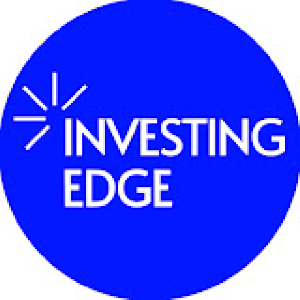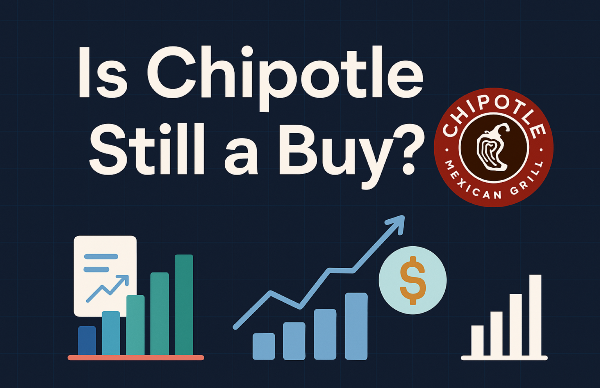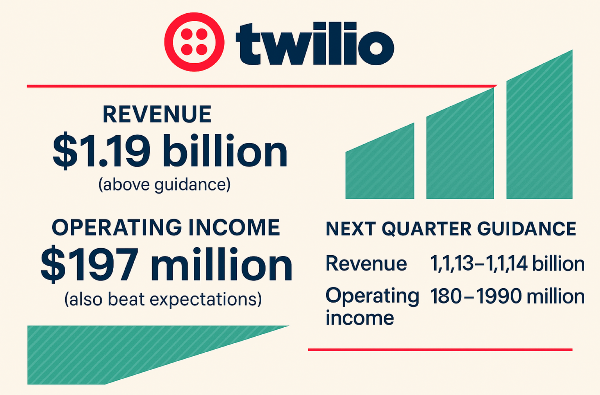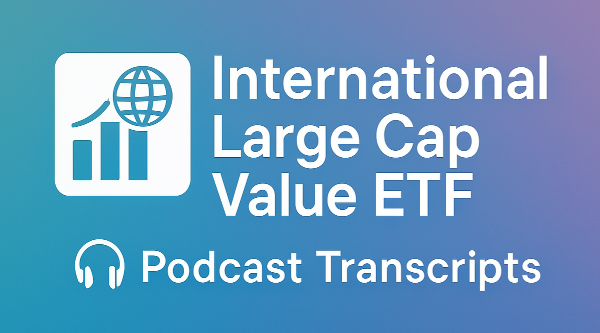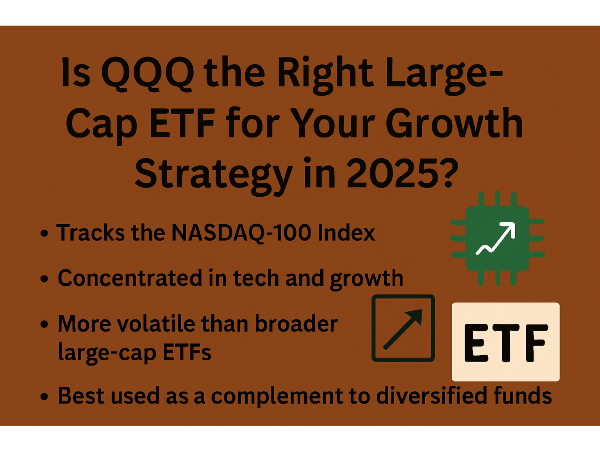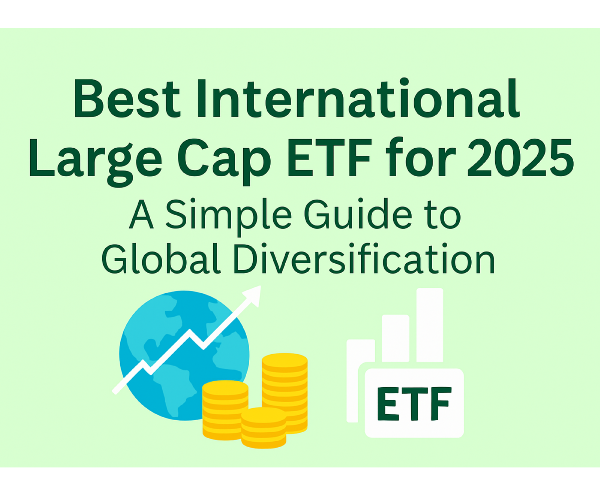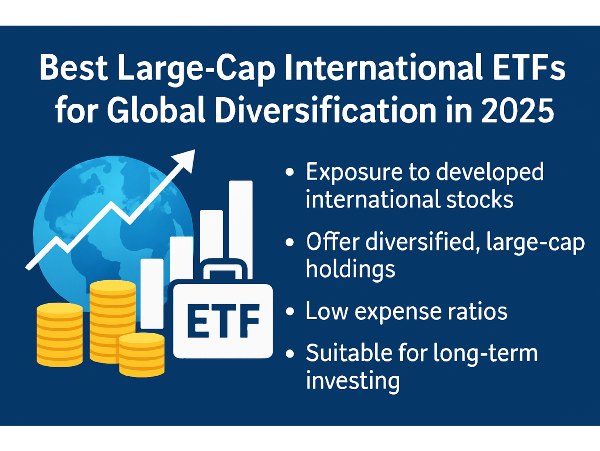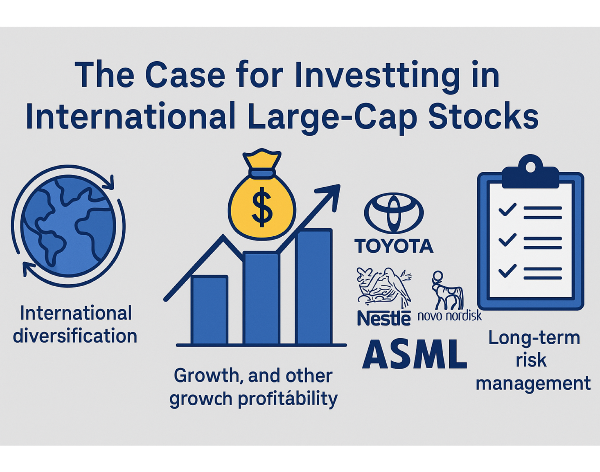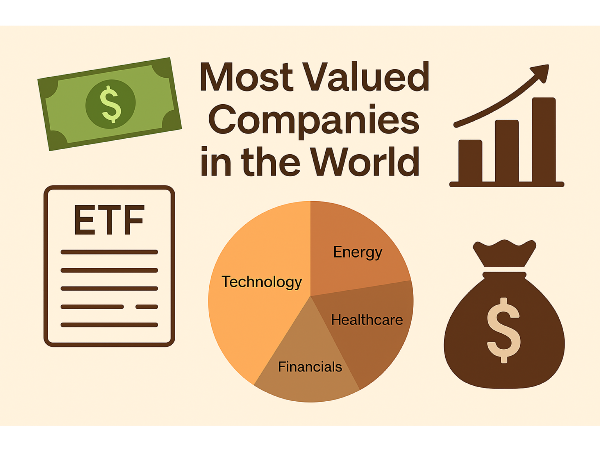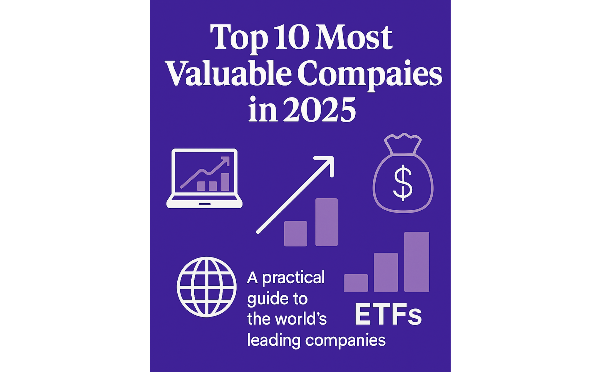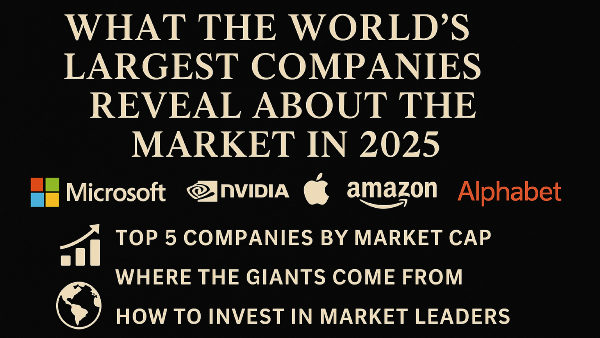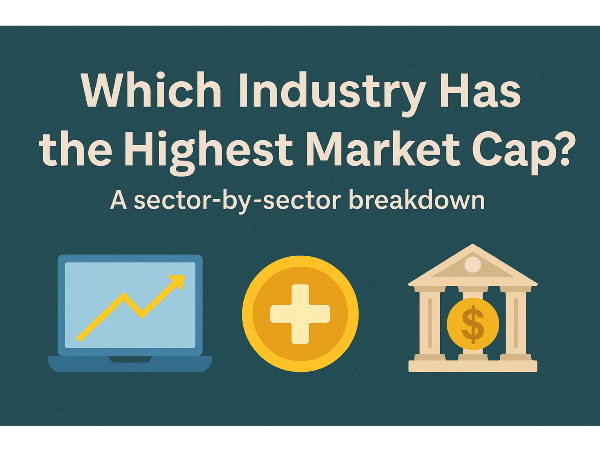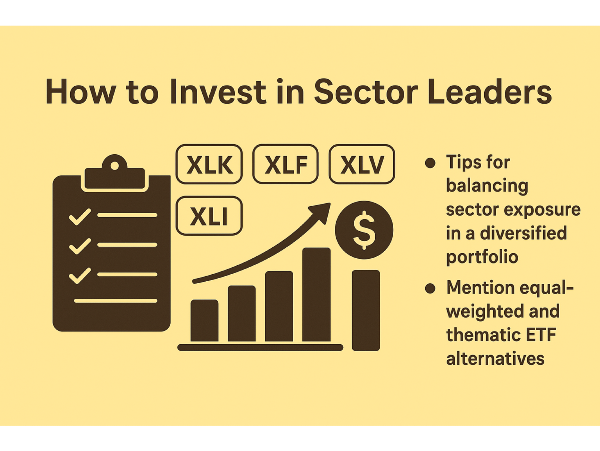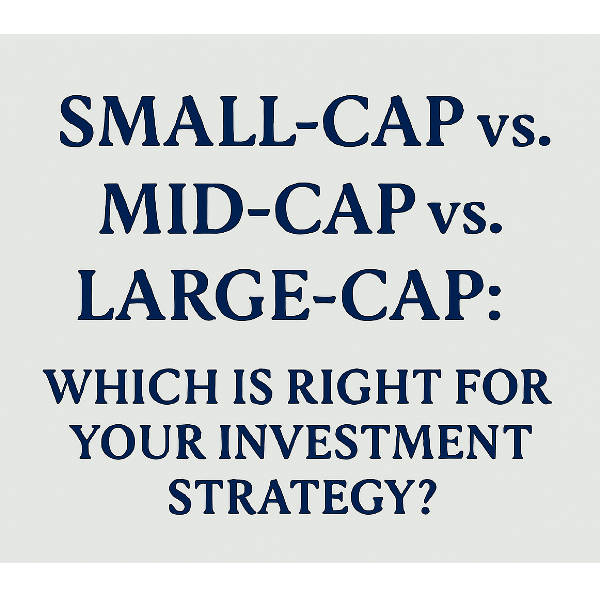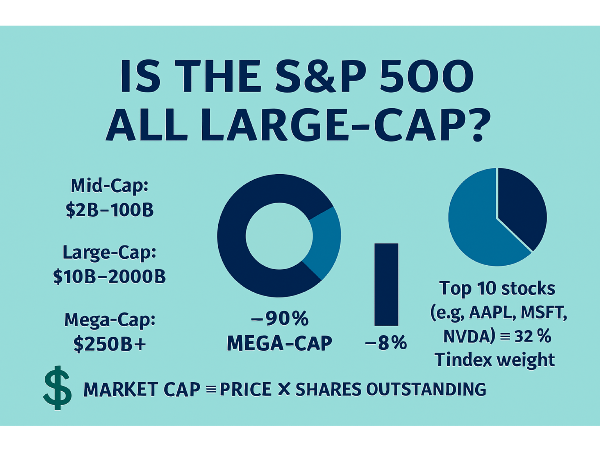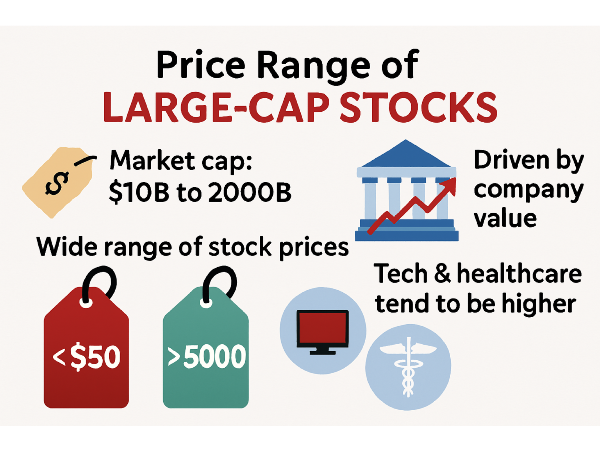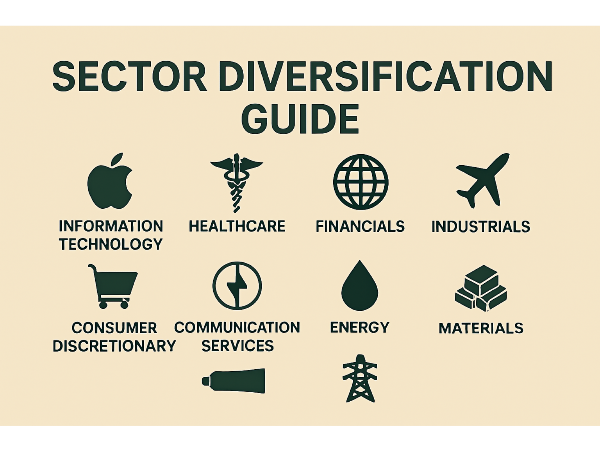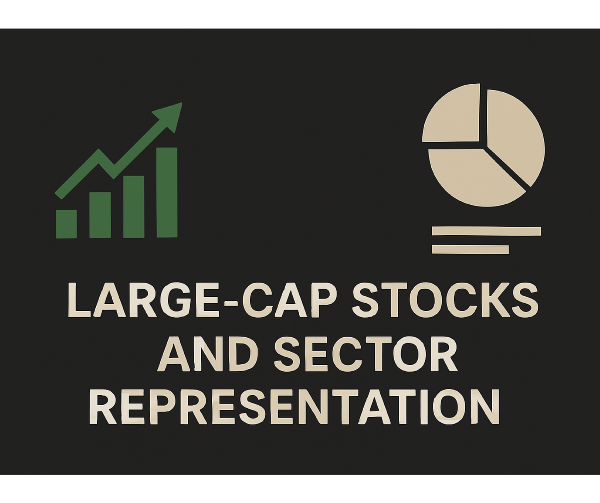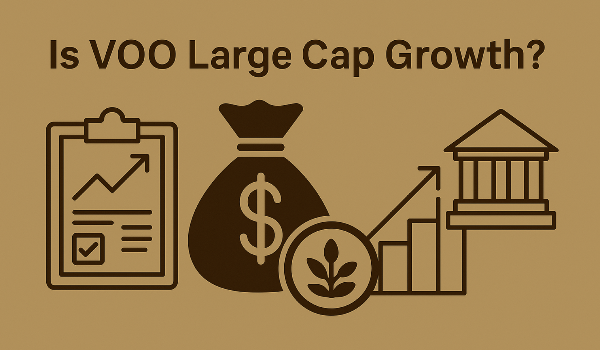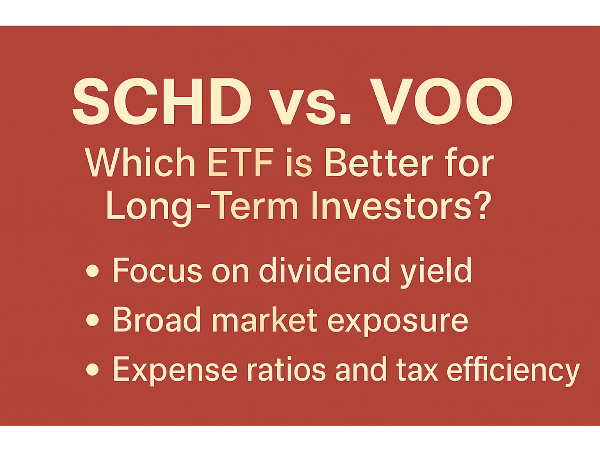General 06/18/2025
Sound investments
don't happen alone
Find your crew, build teams, compete in VS MODE, and identify investment trends in our evergrowing investment ecosystem. You aren't on an island anymore, and our community is here to help you make informed decisions in a complex world.
More Reads
Resources for Publishers
Resources for New Investors
Boosted with BossCoin
GCI rated a BUY
Gannett Co. Inc. Stock Analysis
Are Gannett Co., Inc. stocks worth it for your portfolio? Insights and analysis will help you make an informed decision.
Mattel Inc Stock Analysis
Find out the latest analysis of Mattel Inc.'s operations and stock price forecasts. Discover how the toy giant is preparing f...
CSX Corporation Stock Analysis
CSX operates a massive rail network across 26 states. Learn about their stock performance, dividends.. All aboard for financi...
Tesla Inc Stock Analysis
Tesla Inc: Driving innovation with electric vehicles and sustainable energy. Learn about their stock and investment potential...
Shopify Inc. Stock Analysis
Invest wisely in Shopify Inc. stocks. Get a detailed company analysis and find out why its stocks show a 52% annual growth.
DeepSeek: Disrupting the stock market and the AI industry
DeepSeek is a Chinese artificial intelligence (AI) company. The company has gained rapid attention among investors for develo...
The AI Boom in Tech Stocks: Winners and Losers
AI is revolutionizing industries, driving innovation, and transforming the stock market. This article explores the history, a...
Investing in Metal Stocks
Metal stocks represent shares in companies engaged in the exploration, production, processing, and distribution of various me...
Top Investors

Tom Hamilton

Wise Intelligent

Mark Robertson

Kevin Matthews II

Akeiva Ellis

Brendan Dale

Kenneth Chavis IV

Sharita Humphrey
